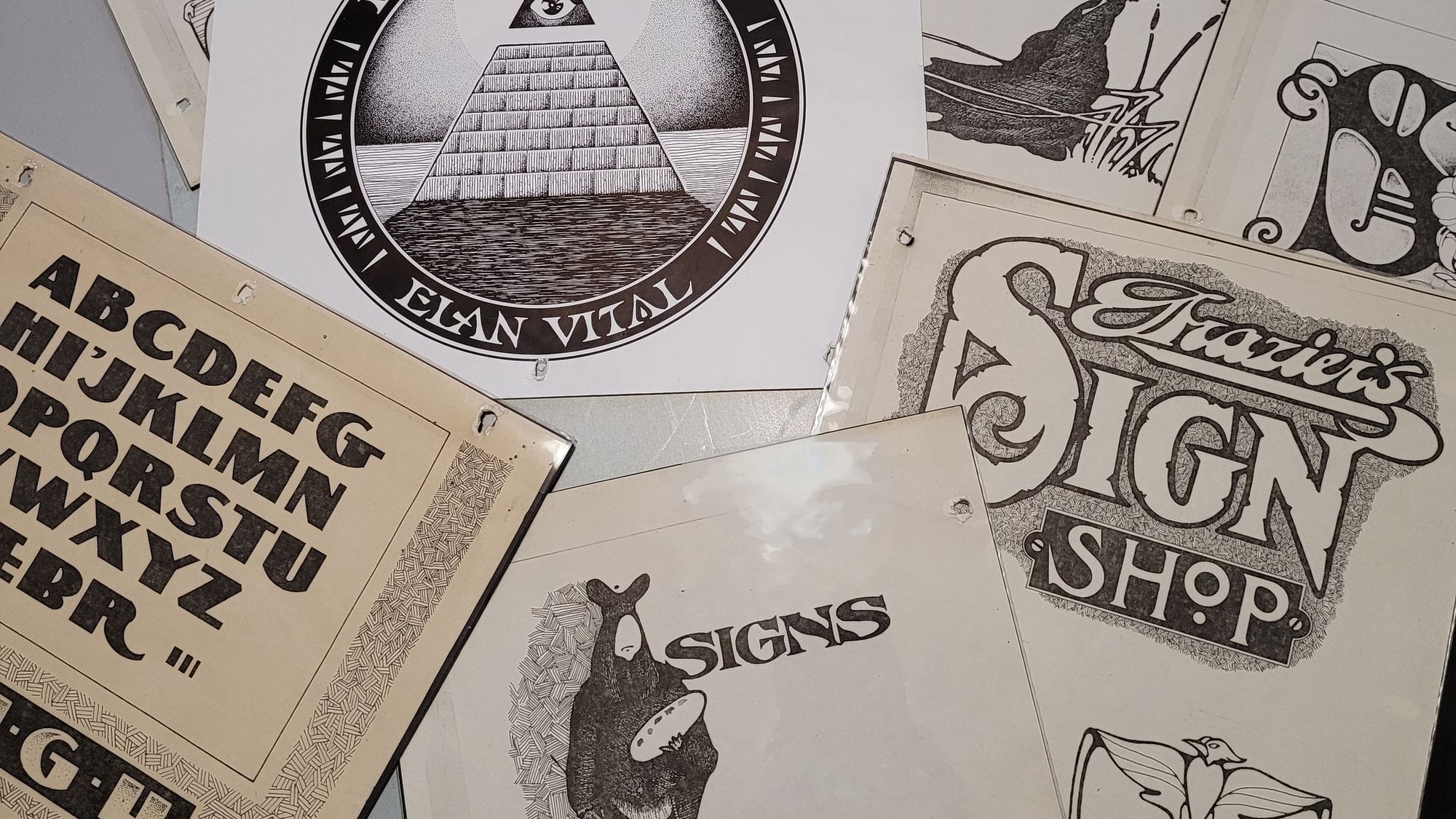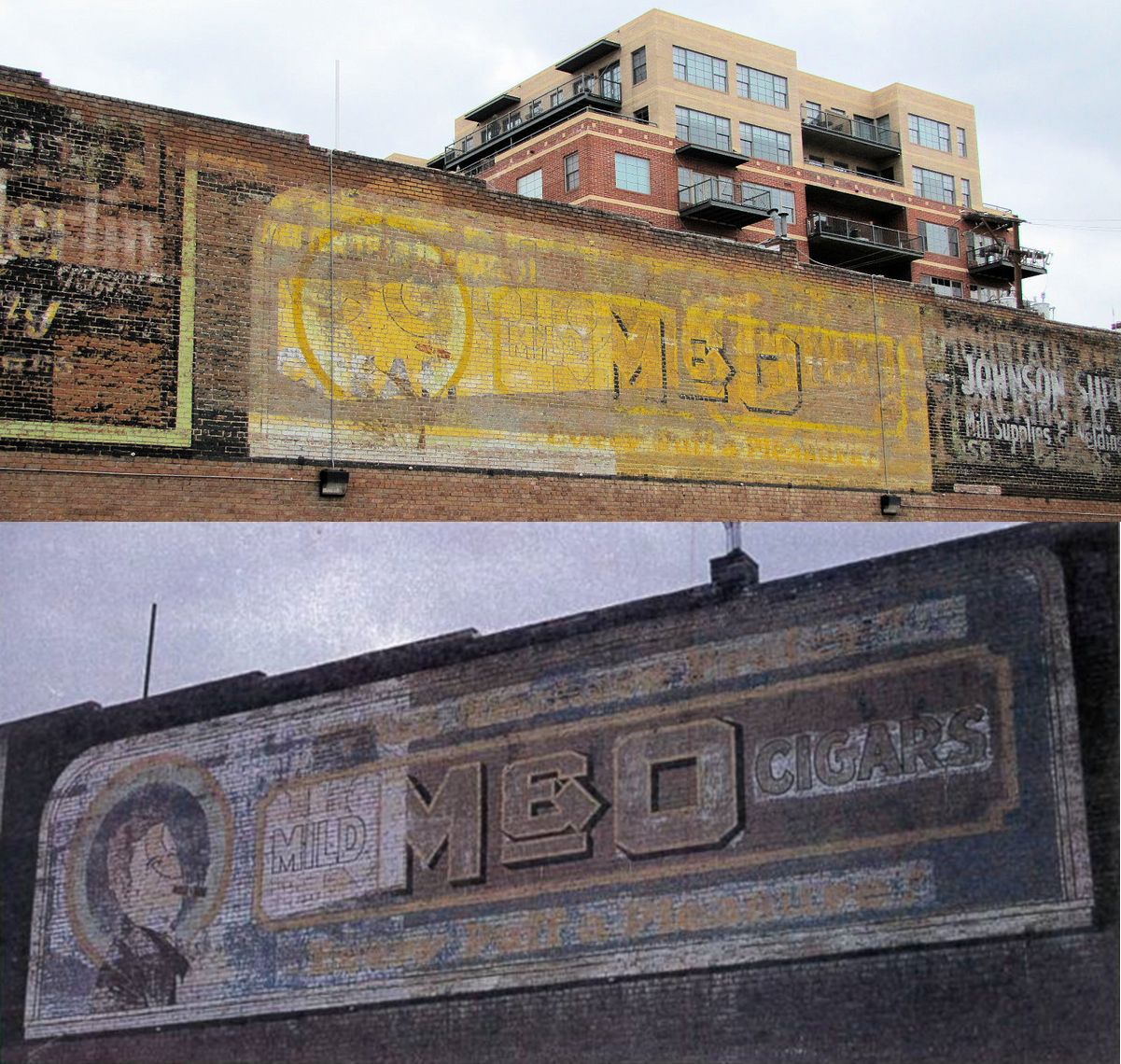That Saturday Afternoon Jaunt with John Frazier, Original Letterhead
The designs and drawings of John Frazier, Letterhead, designer, letterer, sign painter, and artist.

Issue 03 of BLAG (Better Letters Magazine) contains an article about John Frazier, one of the seven original Letterheads. His friend, and fellow Letterhead, Mark Oatis has been working with John's surviving family to scan a vast collection of material that he left behind. In that article, and below, he shares a small sample of this, alongside reflections on the influences, and influence, of this remarkable designer, letterer, sign painter, and artist.
That Saturday Afternoon Jaunt
By Mark Oatis
That Saturday afternoon jaunt began with lunch and a beer at Mexico City Café on Larimer Street, the better to fuel up for a mission of discovery through the alleys and side streets of Lower Downtown. Urban gentrification was still decades in the future and amid the wino bars and pawn shops lay our treasure—the old ghosts, painted advertisements and on-premise signs, waiting to be deciphered.

On this day, we returned to favourites: a decrepit smalt hardware panel, the King Cobra Corduroys wall with the pictorial of a bi-plane flying straight up, the barely-legible M&O Cigars advertisement with its inviting tag line, “Every Puff a Pleasure".